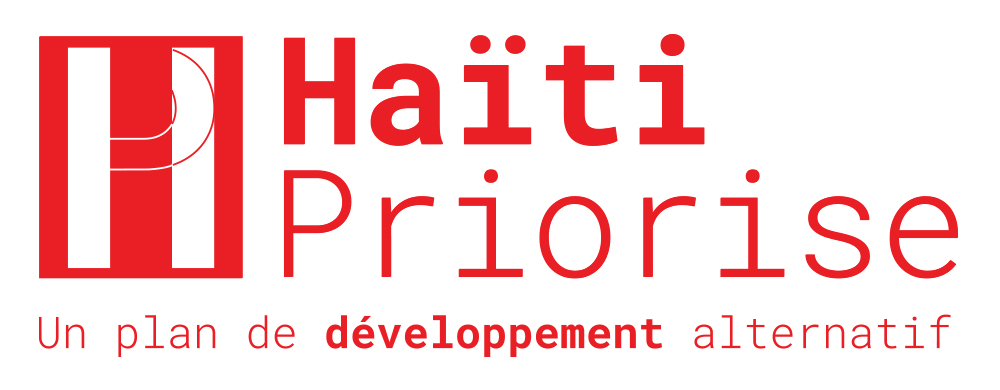Haïti Priorise: Natural Disasters, Granvorka
Description of the Problem
Over the past 21 years, Haiti has been hit by 40 cyclones, thunderstorms and heavy rains. Each year on average two events cause flooding and landslides with serious consequences for people and their livelihoods.
Haiti is more vulnerable than many nations because of the number of people living in poverty. Climate change means that these phenomena could increase in occurrence and severity.
The Solutions
- Early Flood Warning System
- Early Flood Warning System with Shelters
Summary of the BCR
| Intervention | Benefit | Cost | Benefit for every gourde spent |
|---|---|---|---|
| Flood Early Warning System | 13.0 billion gourdes | 1.7 billion gourdes | 7.4 |
| Early Warning System and Shelters | 17.8 billion gourdes | 4.1 billion gourdes | 4.2 |
Early Flood Warning System
The early flood warning system would operate in 65 municipalities.
Benefits and Costs
The cost of setting up an early-warning system would be 1.7 billion gourdes. The largest cost – 216 million gourdes per year for three years – is setting up natural disaster plans for 65 communes. Other costs would include training local volunteers (around 1.4 million gourdes per year) and salaries for engineers, technicians and secretaries (around 597,000 gourdes annually).
This system would save more than 290 lives each year. Put into financial terms, this would be worth 12.9 billion gourdes.
It would also save peoples’ incomes, because they would be able to protect their livestock: chickens, cows and pigs. This would be worth another 120 million gourds. The total benefits of an early-warning system would be 13 billion gourdes.
Early Flood Warning System with Shelters
Adding 117 shelters to the early-warning system. The number of shelters is designed to take account of the number of people evacuated during the course of Hurricane Matthew. The average capacity of each shelter is 1,150 people and 450 animals.
Benefits and Costs
It would cost 2.1 billion gourdes to build all the shelters, plus another 63 million gourdes in maintenance each year. More people and more livestock would be saved – an extra 275 lives and another 16.9 million gourdes worth of livestock each year – but because the costs are substantially higher, the overall return on the investment is lower.

